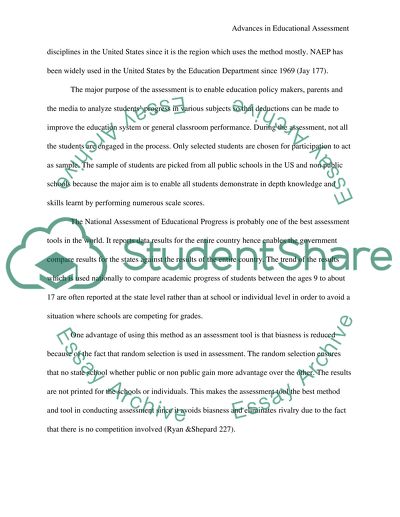Assessment Assignment Example | Topics and Well Written Essays - 750 words. Retrieved from https://studentshare.org/education/1482796-assessment
Assessment Assignment Example | Topics and Well Written Essays - 750 Words. https://studentshare.org/education/1482796-assessment.


